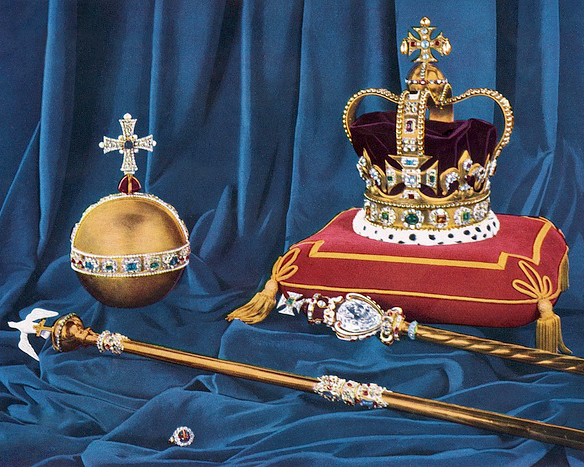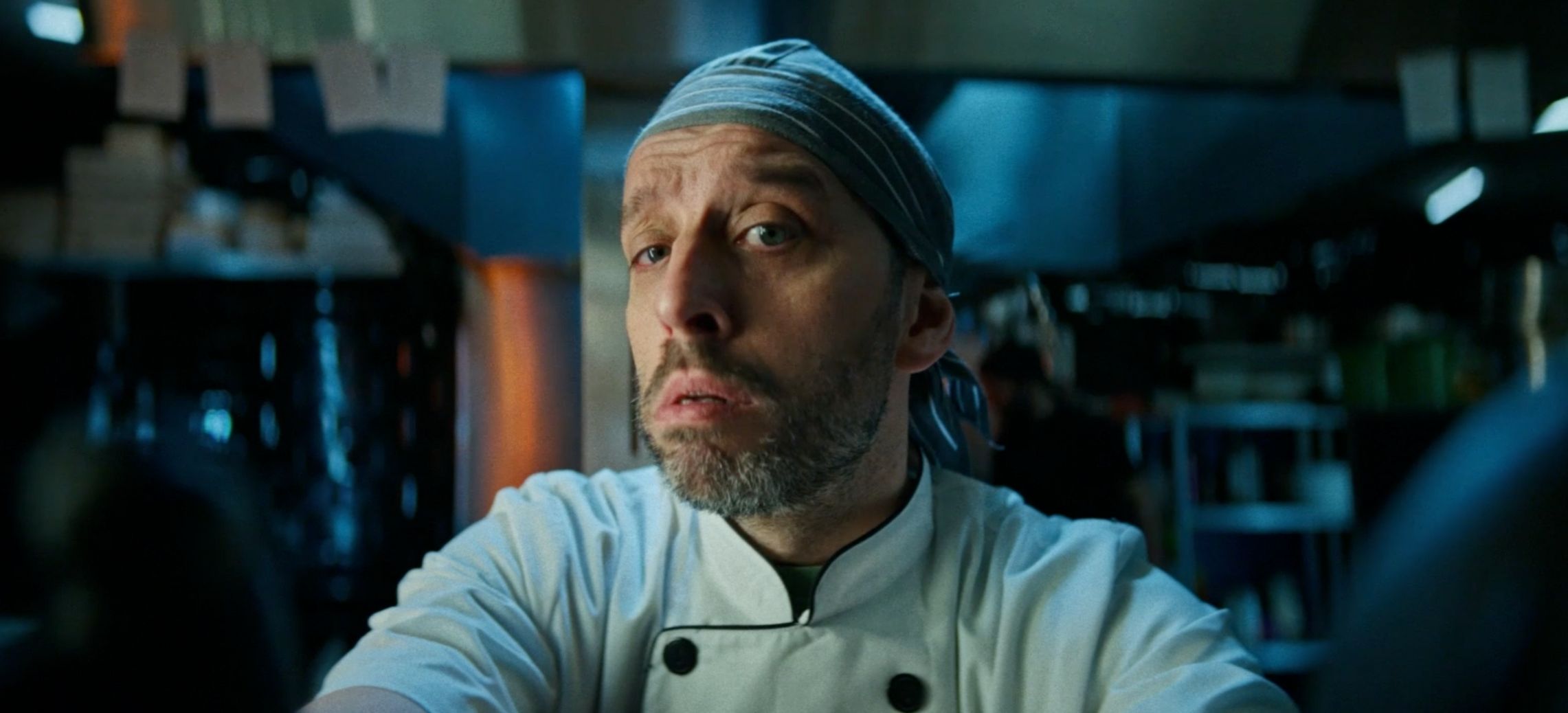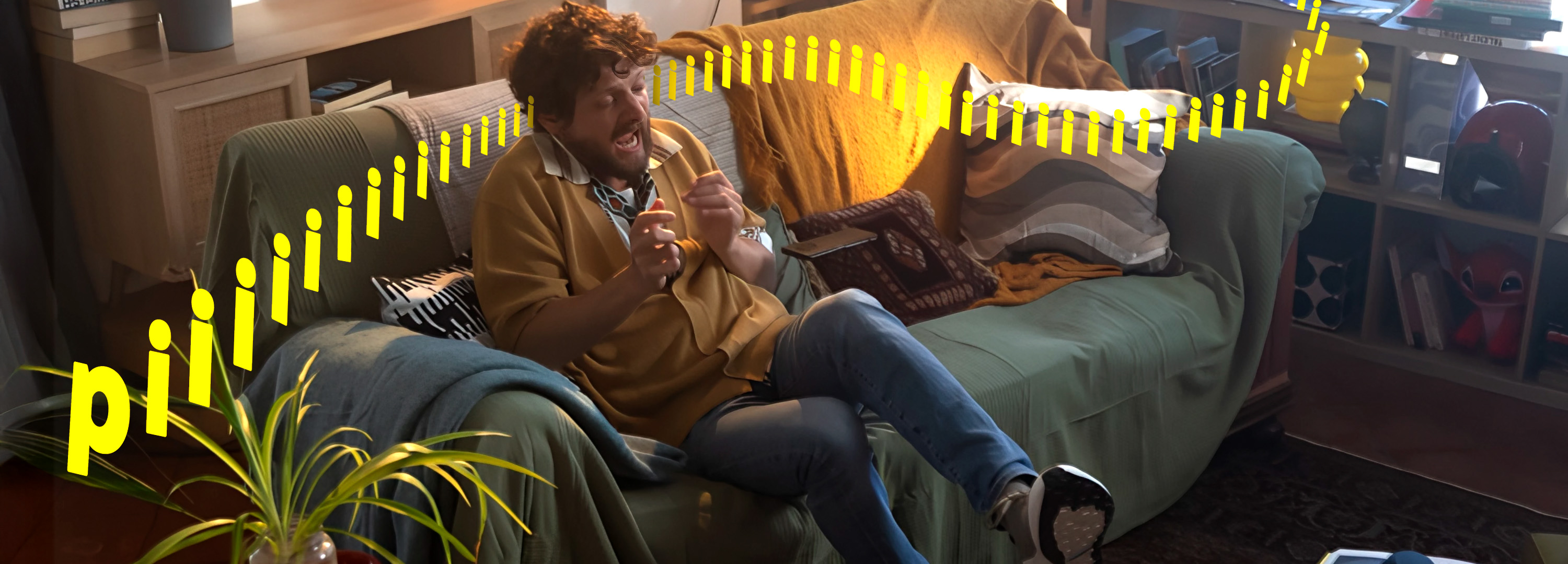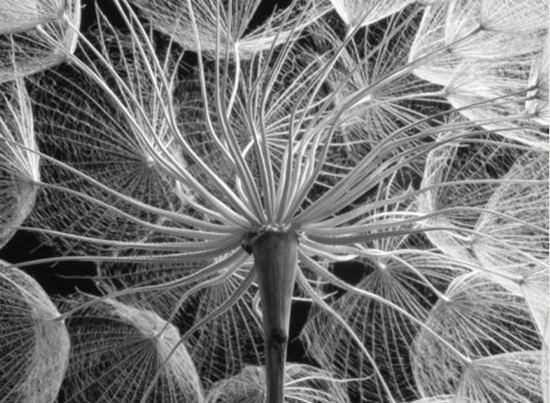From stamp to emoji: coronation in the age of TikTok
- Date
- Written by Darwin & Verne
The coronation of Elizabeth II was the first event to be broadcast worldwide on television. Except in Spain, where the idiot’s lantern hadn’t arrived yet. It marked a turning point in mass culture. On 6 May, her son Charles III will virtually wear an emoji with the silhouette of the crown while a Spotify playlist provides the soundtrack to the ceremony. Creative brand consultancy Darwin & Verne analyses the five differences between the two seasons of this Game of Thrones on the banks of the Thames.
TikTok Save The King! If Elizabeth II ushered in the television age in 1953, Charles will reach the screens of billions of people in 2023 as memes, stories and tweets. Users will be watching closely to see when the King loses his patience, how many times he puts his left hand in his pocket and when Kate gets William and Harry to talk to each other, if only about the weather. Here are the things that make 2023 different to 1953.
1 A souvenir emoji 👑

2 Live for the whole world. In Spain, on the silver screen
An estimated 27 million Britons watched the ceremony live on television. We can imagine people’s living rooms packed with friends, family and neighbours to witness the event. Because not everyone had a TV. Actually, TV sets sold out and the ceremony led to a doubling of TV licences (in the UK you have to pay a licence fee to watch broadcast TV, which goes to the BBC) from 1.5 million to 3 million. The coronation was recorded in colour, but for technical reasons – TV sets were still black and white – it was broadcast in black and white.
It was also watched live in European countries such as France, Belgium, Germany, Denmark and the Netherlands. There was no broadcast for Spain, not least because television didn’t reach the country until 28 October 1956, three years later. Here we had to make do with the summary on NO-DO, the official newsreel that used to be broadcast in cinemas before the film. The report ended on a patriotic note: “We must not forget that the young sovereign has also been crowned Queen of a slice of Spanish land. May the time of Elizabeth II see the return of the Rock of Gibraltar to our motherland,” said the announcer.

3 In 5G, no bombers
And how was it seen on other continents? Satellite TV wasn’t yet available, so a surprising system was chosen: several planes flew from London to Canada and Australia with the tapes of the coronation. It took three RAF bomber flights (at 1:30, 3:15 and 6:26), as the coronation progressed, for the reels to reach Canada and the United States for broadcast that evening on television. In Australia, the tapes landed after a flight of 53 hours and 28 minutes. There they would see him in a “fake live” two days later.
Nothing like the coverage expected on 6 May, when the world’s seven billion mobile phones will probably at some point receive live BBC coverage, but also the comments of two billion WhatsApp users, personal versions by YouTubers and streamers, and content from 1.3 billion Instagrammers and more than a billion TikTokers. A true virtual bombardment.
4 The Coronation Soundtrack, on Spotify
One of the novelties is an official playlist from the Palace, which is available on Spotify. Charles and Camilla’s selection has not been without controversy, because there’s always somebody to say that a track or artist is missing. Notable for his absence is Elton John, so closely associated with Princess Diana, who apparently declined to participate in one of the Coronation events. The Beatles with Come Together, Boney M. with Daddy Cool, Coldplay with A Sky Full of Star, David Bowie with Let’s Dance, Ed Sheeran with Celestial and Harry Styles with Treat People with Kindness are there. And of course, the Spice Girls with Say You’ll Be There. All those tracks will be played in London’s pubs, which will be allowed to close two hours later on the day.

5 From Jackie Kennedy to Letizia: a journalist in the palace
Letizia Ortiz, who covered 9/11 for TVE in Washington, will have a front row seat in Westminster Abbey as Queen of Spain. In a nod to history, another young journalist, just twenty-two at the time, reported on the coronation of Elizabeth II in London for the Washington Times. Her name was Jacqueline Bouvier, better known by her married name – Jackie Kennedy. She was among the 2,000 journalists and 500 photographers accredited for the ceremony.
Such a large number of journalists may seem normal today, but it was remarkable at the time. In many ways, the coronation of Elizabeth II marked a before and after. An estimated 277 million people watched the ceremony on television. That is, more than 10 out of every 100 people on the planet. Perhaps we don’t realise, 70 years later, but the globalisation we experience today through social media and thanks to millions of bright screens was anticipated by Elizabeth II in 1953, when she insisted on the televising of her coronation over the objections of her Prime Minister, Winston Churchill, who would have preferred a piece in the Encyclopaedia Britannica.
Conclusions: from gold and velvet to pixels
Monarchies are trying to get closer to the people and shed their aura of pride and luxury. For some time now, we have been observing attempts to get closer to the people, although on royalty’s terms: they decide what they want to make public and what they want to keep private. The most radical example is Harry’s docuseries of conversations with Oprah Winfrey and his biography “Spare”.
For Darwin & Verne, they must go one step further to connect with society, as Elizabeth II understood in 1953 or when she corrected course after Lady Di’s death. A more disruptive and transparent approach is needed, with the knowledge that permacrisis is an ideal breeding ground for anti-elite sentiments that affect royal families directly.
Today, communication is no longer one-way: the content of an event becomes available for users to manipulate, mock, generate memes or GIFs or to proudly post on their wall. Supporting the generation of social media conversations, broadcast via TikTok and the search for new formats are key to bringing up to date the “opening of doors” that Elizabeth II started.
These institutions generally fear being the focus of the attention of the public, whose reactions are always hard to predict. However, giving meaning to communication and involving the public in the day-to-day life of the royals can make them beloved celebrities, and dispel the image of an elite far removed from reality. Naturalness was one of the keys to Britain’s admiration of Lady Di.



